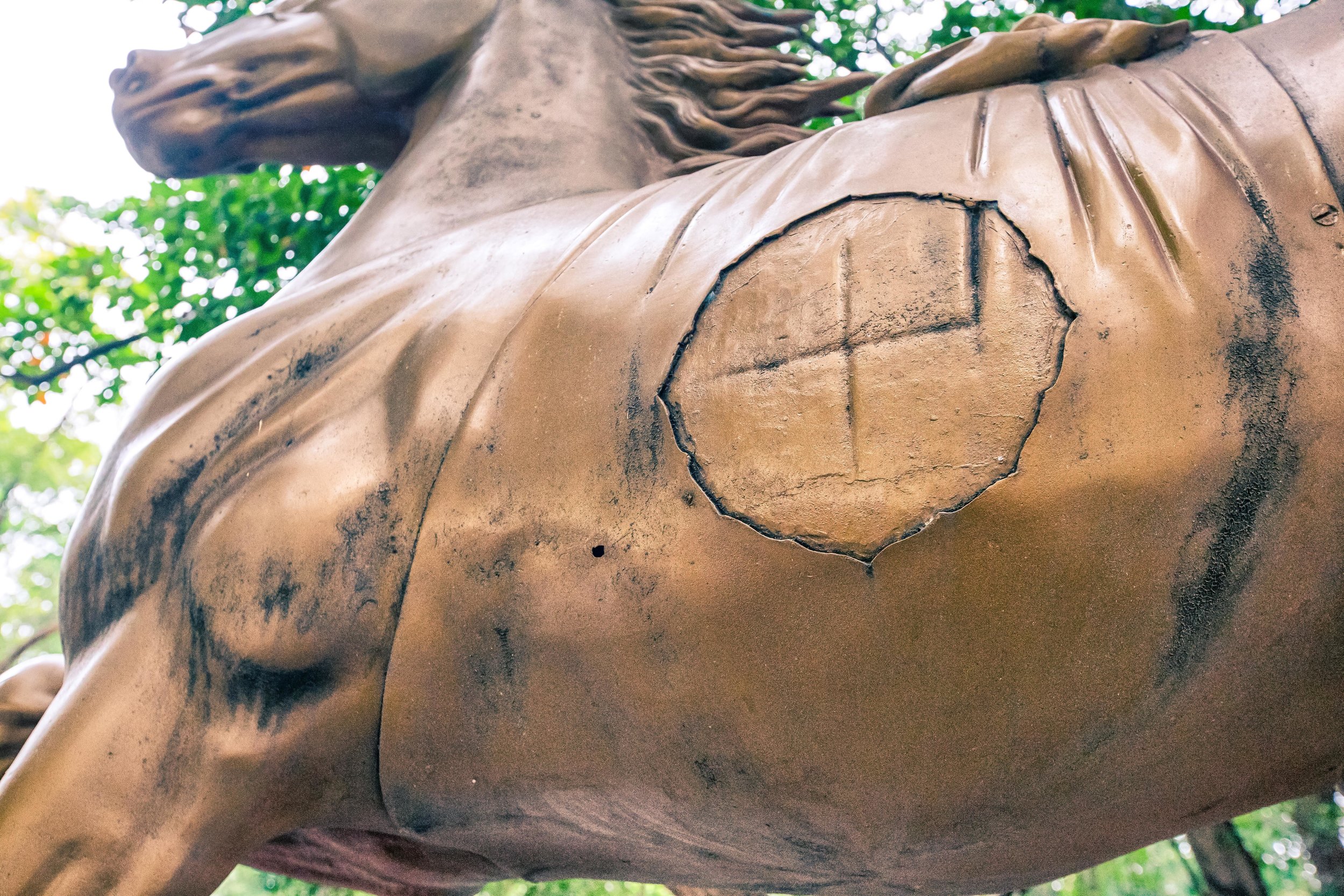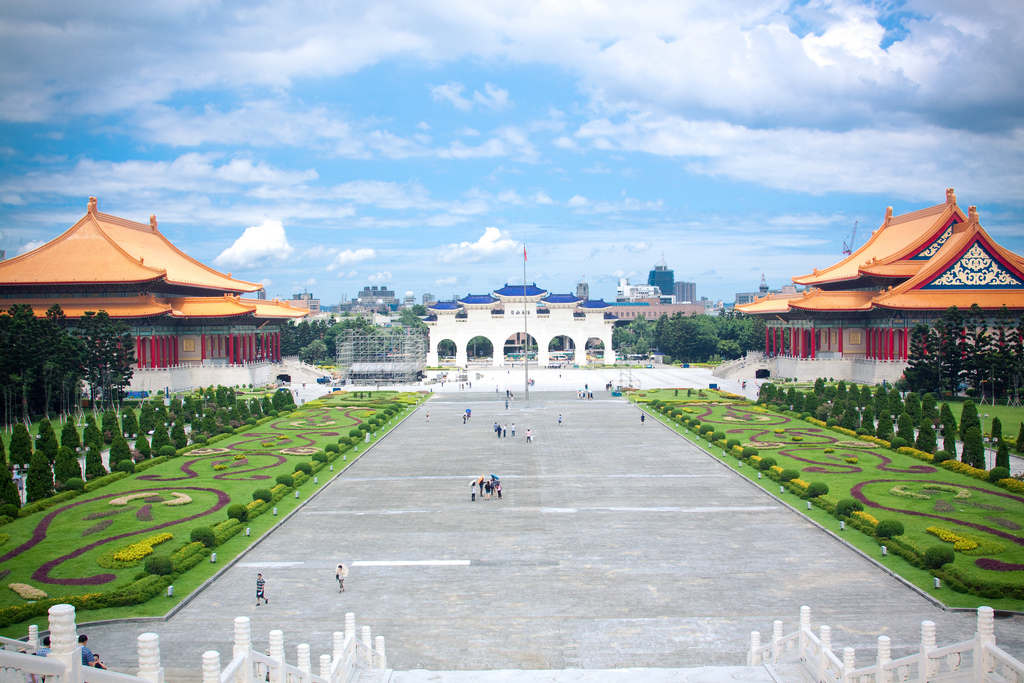I grew up in an extremely small town in rural Nova Scotia.
You might be thinking to yourself - Where’s that?
And if you are, I wouldn’t blame you.
Nova Scotia is a somewhat insignificant place on the east coast of Canada.
It is admittedly one of the most beautiful places you could grow up in, but there is also serious lack of opportunity for the people living there. These economic problems are exacerbated by a revolving door of inept provincial governments which seems to place very little importance on education.
I started my final year of high school with a group of around sixty students. I can’t tell you how many people actually ended up graduating but what I can tell you is that less than ten percent of those who did ended up continuing their studies at college or university.
Like most young people who have aspirations for a better future, I felt motivated to attend a university, get a degree and eventually settle down elsewhere. Nova Scotia after all is becoming a place where people spend their retirement years. Its not a place for young people.
My sister graduated two years after I did and the situation with her class was pretty much the same as what had happened to mine. She ended up being one of the few in her class who went to university.
There was a girl in my sisters class, she was one of our neighbours and her family was well known in town for being extremely intelligent - somewhat out of place in the small close-minded where we lived.
When she graduated high school, not only did she go to university to get her bachelors degree, she then moved on to a masters programme and then finally completed a doctorate.
She’s now a professor at one of the best universities in Canada.
A few weeks ago she posted a photo on Facebook commenting on the vast array of both appropriate and inappropriate titles that her freshmen students used to refer to her.
As a Professor of Developmental Psychology she remarked that some of her students didn’t really understand how to properly address a professor.
She wasn’t complaining that she expected her students to all refer to her formally as “Professor Jane”, or “Doctor Doe”, she was simply saying that the students could at times come across rather awkwardly when they were thinking about how to address her.
Society places a high level of respect on people who have achieved a high level of expertise and it is generally accepted that if you’re a doctor or a professor then you should be referred to as such.
But what if you’re a photographer?
Many shutterbugs cling to the title of “Professional”, but why?
What makes someone a Professional Photographer? What makes someone an Amateur?
In the past there was a line that clearly differentiated those who worked as full time photographers and those who were just playing around.
Today though, those lines are blurred by the fact that almost everyone has a camera in their pocket and photography has become much more accessible. The market for selling photos has also completely changed.
This has become a subject that stirs up a lot of debate in photography circles but from what I’ve observed over my years in the game is that being a professional is something that is rarely based on achievement or merit - it’s based purely on ego.
The definition of an amateur is “a person who engages in a pursuit or activity for pleasure rather than for financial benefit.” The definition of what a professional is however can somewhat vague in that it refers both to someone who ‘earns a living’ from a profession and someone ‘who is an expert’.
These are rarely inclusive.
If your definition of a professional is simply someone who earns money from taking photos, I suppose I would agree with you - I would add though that earning a living from photography doesn’t necessarily make you a good photographer.
If on the other hand you prefer to define a professional as someone who is an ‘expert’ in their field - Someone who not only takes beautiful photos but also understands the science of photography and is constantly learning and improving his or her own skills. I would also agree with you.
This however is a bit more difficult to prove. There are self-proclaimed experts in every field.
So do I consider myself a professional photographer? No, I don’t.
I wouldn’t refer to myself as an amateur either.
Then what am I? I don’t like to spend my time defining these things.
I’ve been lucky enough to be able to earn money doing what I love while at the same time taking pleasure in the fact that I can use my modest skills to promote the things that I love.
For me, that is enough. Unfortunately for others, its not.
One of my favourite things to do is to network with other photographers in my free time.
Whether I’m attending workshops, going to exhibitions, or going on photowalks - I think its important to meet up with, learn from and support others who have the same interests and skills as my own.
I always treat those I meet as friends and colleagues - Never as competition or an enemy!
Humility and respect for others are character traits that I think are extremely important.
You’re never going to be able to learn from others or broaden your horizons if you constantly place yourself on a pedestal and treat others as inferior.
I have a hard time understanding people who spend all day talking about how “professional” they are and then turn around and use that self-proclaimed status to denigrate others with terms like “hobbyist”, “amateur”, or “weekend warrior.”
Insulting others doesn’t make you a better photographer. It makes you a shitty person.
If you aspire to be a professional in any field, you’re going to have to learn to get along with and network with others. If you prefer to act petty and treat people negatively your path to success is going to be much longer than you ever suspected.
Nobody wants to spend their time with someone who is constantly looking down on them.
I consider myself mildly competent with a camera however (I’m sure I’m not alone when I say) it is an exercise in humility every time I open up Instagram, Flickr or 500px only to see and see all the beautiful photos that put mine own to shame.
There is so much talent in this world and never has it been easier to share it with others.
The line between who and what makes a “professional” is one that has lost most of its meaning. A kid walking down the street with a smartphone could snap the next cover of National Geographic while a self-proclaimed professional may never even get a photo on the front page of the local news.
This is something that I hope people could think about before they let their ego run rampant.
I have no problem with self-proclaimed professional photographers, but its important to remember that when you do give yourself such an important title it doesn’t give you a licence to denigrate others.
Photographers are people who walk around with a camera sharing their vision of the world.
We’re not university professors nor are we brain surgeons.
Be kind to one another.

























